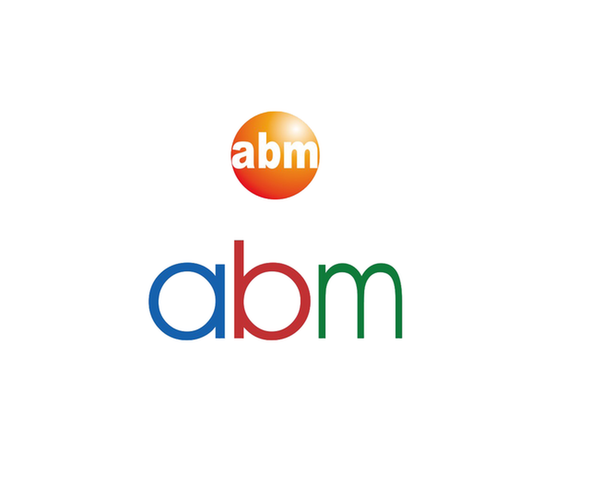abm rat recombinant protein
Recombinant Rat IGF1 | Z300055
- SKU:
- Z300055
- Availability:
- 5 to 7 Days Shipment
Description
abm | Recombinant Rat IGF1 | Z300055
Insulin-like growth factor I, also known as somatomedin C, is the dominant effector of growth hormone and is structurally homologous to proinsulin. Human IGF-I is synthesized as two precursor isoforms with N- and alternate C- terminal propeptides (1). These isoforms are differentially expressed by various tissues (1). The 7.6 kDa mature IGF-I is identical between isoforms and is generated by proteolytic removal of the N- and C- terminal regions. Mature human IGF-I shares 94% and 96% aa sequence identity with mouse and rat IGF-I, respectively (2), and exhibits cross-species activity. It shares 64% aa sequence identity with mature human IGF-II. Circulating IGF-I is produced by hepatocytes, while local IGF-I is produced by many other tissues in which it has paracrine effects.
Functions:
The ED(50) was determined by a cell proliferation assay using FDC-P1 cells is ≤ 1.0 ng/mL, corresponding to a specific activity of ≥ 1.0 x 10^6 units/mg.
Organism:
Rat
Source:
E. coli
Alias:
Somatomedin, Insulin-like growth factor I, IGF-I, Igf1
Recombinant Rat Insulin-Like Growth Factor (IGF1)
Gene Symbol:
IGF1
Gene ID:
24482
Accession:
P08025
Formulation:
Recombinant Rat IGF1 was lyophilized from a 0.2 μm filtered PBS solution, pH 7.4.
Solubility:
A quick spin of the vial followed by reconstitution in distilled water to a concentration not less than 0.1 mg/mL. This solution can then be diluted into other buffers.
Appearance:
Lyophilized Powder
Molecular Weight (kDa):
8
Molecular Weight 2 (kDA):
N/A
Molecular Weight 3 (kDA):
N/A
Purity:
>95% as determined by SDS-PAGE
Concentration:
<1.0 EU/μg of recombinant protein as determined by the LAL method.
Shipping Condition :
Ambient Temperature
Storage Condition:
The lyophilized protein is stable for at least one year from date of receipt at -70°C. Upon reconstitution, this cytokine can be stored in working aliquots at 2° - 8°C for one month, or at -20°C for six months, with a carrier protein without detectable loss of activity. Avoid repeated freeze/thaw cycles.






